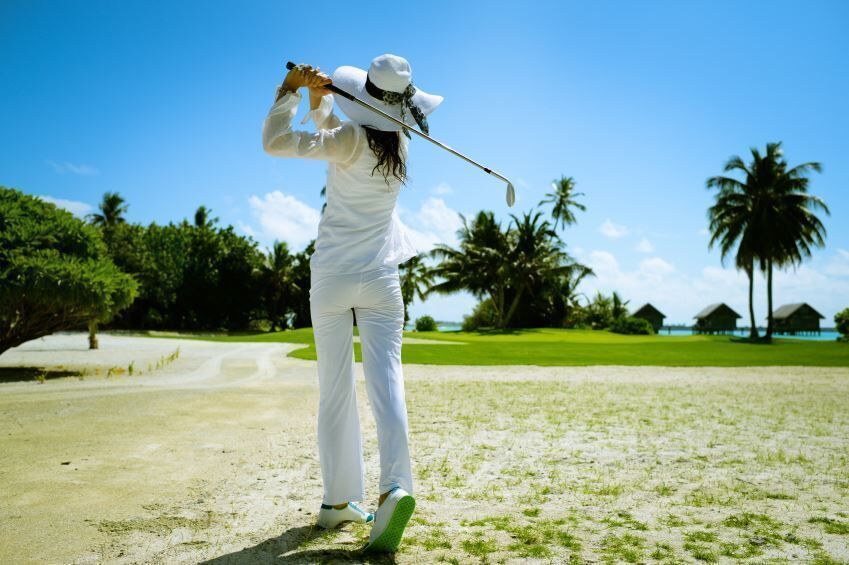The History of Golf Shoes

Earliest Golf Shoes
One of the earliest references to spiked golf shoes appears in an 1857 issue of The Golfer's Manual. In the Scottish publication, novice golfers are advised to wear stout shoes "roughed with small nails or sprigs" to walk safely over slippery ground.
Screw-in Spikes
In 1891, golf shoes with separate screw-in spikes were introduced. While they provided better footing for golfers and were more comfortable than some of the hob-nail shoes and boots worn by some golfers, during the next century groundskeepers complained about the spikes damaging the greens.
Saddle Oxfords
Spalding introduced the "saddle oxford" style of shoe with an extra saddle-shaped piece of leather around the laces in 1906. It was originally designed for racket sports, but didn't gain popularity there. It did become a standard look for golf shoes and was still being worn into the 21st century.
More Flexibility
Golf shoes were fairly stiff since their inception, but as running shoes and other athletic footwear became more flexible and "wearer-friendly" in the 1980s, golf shoes also started to focus on foot support and comfort. While saddle Oxford style shoes were still the most popular, more casual golf shoes started their rise in popularity.
The Loss of Metal Spikes
In the 1990s, shoe manufacturers introduced nonmetal cleats on their golf shoes to make them more comfortable and less damaging to greens and clubhouse floors. These new plastic spikes have now become the standard for spiked golf shoes.
Spikeless Shoes
By 2010, a new trend emerged in golf footwear that went back to the earliest golfers: spikeless shoes. Increasingly, a small number of PGA Tour golfers were seen wearing spikeless shoes and this increased demand for more casual golf footwear.
While sacrificing some of the grip of spiked shoes, the current crop of spikeless shoes provides superior comfort. Often golfers will decide whether to wear spikeless or spiked shoes depending on the course and playing conditions for the day.